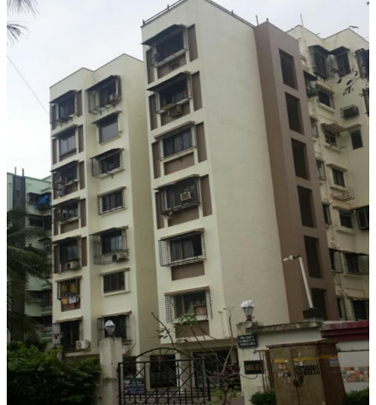

PAINTING
Painting is a fundamental aspect of construction that encompasses a wide range of tasks, from enhancing aesthetics to providing protective coatings for various surfaces. In the construction industry, painting serves both practical and aesthetic purposes, contributing significantly to the overall quality and longevity of structures.
One of the primary functions of painting in construction is to protect surfaces from environmental elements such as moisture, sunlight, and pollutants. Exterior surfaces, in particular, are exposed to harsh weather conditions and require durable paint coatings to prevent degradation and deterioration. Properly applied paint acts as a barrier, shielding surfaces from water infiltration, UV radiation, and corrosion, thereby extending their lifespan and reducing maintenance needs.
In addition to protection, painting also plays a crucial role in improving the visual appeal of buildings. The choice of colors, finishes, and decorative techniques can greatly impact the overall aesthetics of a structure, influencing its perceived value and architectural character. Interior painting, for example, involves selecting colors that complement the design scheme, create a desired atmosphere, and enhance the functionality of living or working spaces. Whether it's a vibrant accent wall, a calming neutral palette, or a high-gloss finish for added elegance, paint can transform interiors and elevate the user experience.


Furthermore, painting in construction often involves surface preparation, which is essential for achieving a smooth and durable finish. This includes cleaning surfaces to remove dirt, grease, and other contaminants, as well as repairing any defects such as cracks, holes, or uneven textures. Proper surface preparation ensures better adhesion of the paint and helps prevent issues such as peeling, blistering, or flaking over time.
The type of paint and application method chosen also impact the outcome of construction painting projects. There are various paint formulations available, each designed for specific surfaces, conditions, and desired results. For example, latex paints are commonly used for interior walls due to their ease of application, quick drying time, and low odor, while oil-based paints offer superior durability and adhesion for exterior surfaces exposed to harsh weather conditions. Additionally, specialized coatings such as epoxies, polyurethanes, and elastomerics may be used for specific applications such as concrete floors, metal structures, or Waterproofing.
Proper application techniques are essential for achieving a professional finish and maximizing the performance of the paint. This includes using the appropriate tools and equipment, such as brushes, rollers, sprayers, or paint pads, as well as following manufacturer's instructions regarding temperature, humidity, and drying times. Skillful application ensures even coverage, smooth finishes, and long-lasting results, enhancing the overall quality and value of the construction project.
